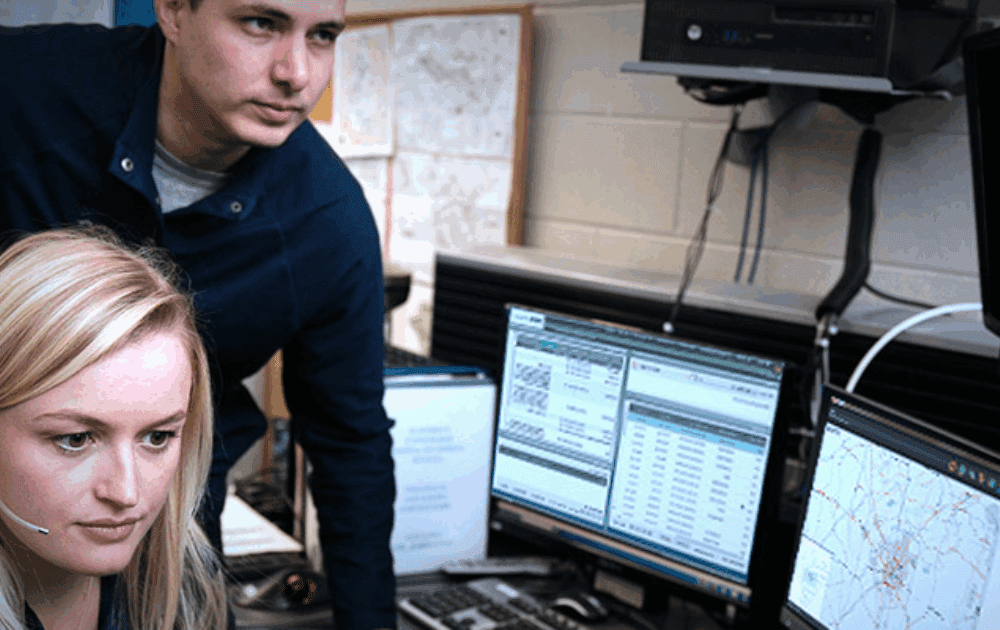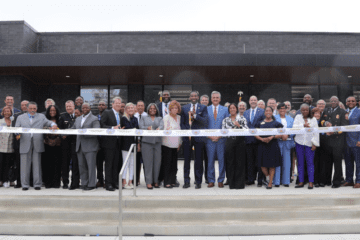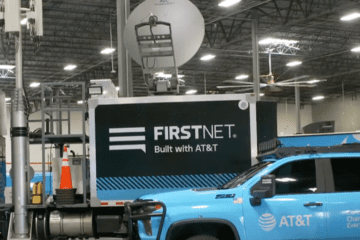Not every policy decision has lifesaving implications. Upgrading 9-1-1 systems does.
Recognizing how vital a capable and reliable 9-1-1 system is to the safety of our communities, a number of state and local leaders are making the changes necessary to adopt modern technology supporting the connection between those who need help and those who provide it.
In North Carolina, Kansas, Kentucky, Maryland, Tennessee, Texas and Virginia, policymakers have moved to upgrade their systems from legacy systems to Next Generation 9-1-1 (NG9-1-1) technology that can support modern day communications for public safety.
- Facilitating faster and more reliable communications, connecting calls quicker, saving seconds in an emergency, and improving the relay of critical situational information.
- Supporting enhanced text, voice to text, image and video sharing communication options, giving those in an emergency more ways to connect if a voice call isn’t the best option.
- Automatically rerouting calls helping to make sure no calls are missed as a result of service impacting events – like natural disasters – at local PSAPs.
If Americans can easily text, share video and images with their friends and families, they should be able to do the same with public safety in the case of an emergency.
The reality is, in the course of public safety response, the benefits of NG9-1-1 aren’t just a matter of convenience. They are lifesaving.
The impact on display in North Carolina
Last year, North Carolina completed upgrading all 124 PSAPs to NG9-1-1, and the timing of their effort was critical – as the team soon learned first-hand through the experiences with Hurricane Helene.
One of the key differences between legacy 9-1-1 services and NG9-1-1, is that legacy services do not allow for automatic rerouting of 9-1-1 calls when service to a PSAP is impaired. Instead, a PSAP provider would first have to manually identify that calls were being missed and then find an alternative PSAP to reroute calls to. This process doesn’t take seconds. It takes minutes and even hours. And in an emergency situation, every second is critical.
With NG9-1-1, lost time is no longer the story.
In North Carolina, AT&T worked with state and local leaders to upgrade PSAPs with AT&T ESInet – our digital emergency services IP network that immediately detects PSAP disruptions and reroutes calls to another center. The move proved invaluable during Hurricane Helene.
- When 19 PSAPs were impaired by the storm in western North Carolina, their 9-1-1 calls were immediately rerouted to one of 23 partner PSAPs across the state.
In addition, leaders in North Carolina chose FirstNet®, Built with AT&T as a wireless backup for services at PSAPs statewide. This decision was vital for Madison County in the aftermath of the storm. Because much of the critical infrastructure in the County was destroyed, fiber infrastructure repair and restoration faced an extended timeline. But by using the FirstNet backup capability, Madison County’s PSAP continued to serve its citizens while the fiber repairs continued.
In the weeks following the storm, state leaders announced that, even with more than 90,000 calls made to 9-1-1 in the first three days of the storm – over 55% more than normal – not a single call was missed.
The performance of the state’s NG9-1-1 solutions confirmed the life-saving value of these essential services in the midst of wide-scale disasters where every second counts.
Benefits for every emergency, no matter the situation
What happened during Hurricane Helene is just one example of how NG9-1-1 improves public safety.
Every 9-1-1 call is unique, but across every scenario, NG9-1-1 delivers enhanced speed, reliability and capability that translates to better public safety outcomes.
- In Arkansas, a woman being held against her will wasn’t able to make a voice call for help. Instead, she was able to quickly text 9-1-1 to get the help she needed – and dispatchers were able to safely rescue her.
When states upgrade to NG9-1-1, they don’t just enhance public safety for one situation. They enhance it for all situations.
Act today, make the future safer for your communities
To get the public safety benefits of NG9-1-1 capabilities, state leaders and local officials must act today. It is a major undertaking, but the steps that need to be taken are clear.
Step 1 – set up a statewide authority. To carry out this project, it will be helpful for states to create a unified authority to develop an implementation plan, distribute funding, and oversee execution. Given the different stakeholders involved in this process, all relevant voices – from state officials, public safety, community leaders, and telecommunications providers – should have a seat at the table to make sure the transition is carried out effectively.
Step 2 – enact legislation to allocate funding. While the private sector has invested in the innovation and product development to create effective, lifesaving NG9-1-1 systems, the public sector will need to identify initial and ongoing financial support to deploy and operate NG9-1-1 across the state. Where communities have been successful, states have taken the lead.
- While North Carolina had to initially increase their 9-1-1 service fee to pay for upgrades, they eventually experienced cost-savings from these upgrades that allowed them to lower the fee below where it was before the upgrades started.
Step 3 – set a timeline: As seen in the examples above, time is of the essence. To ensure this process is carried out in a timely manner, states need to be decisive in setting a clear date for when these upgrades need to be completed.
Earlier this year, we were encouraged to see leaders in Georgia and Mississippi take the step towards modernizing public safety by enacting legislation that will help facilitate the transition to NG9-1-1.
- Georgia expanded the duties of the Georgia Emergency Communications Authority to include implementing NG9-1-1 systems across the state. With an established authority in place, discussions about creating a funding mechanism for the upgrades have been underway this summer.
- Mississippi established the Mississippi Emergency Communications Authority tasked with developing a state NG9-1-1 transition plan.
Whether looking at the recent progress in Georgia and Mississippi or the impact of NG9-1-1 in North Carolina during Hurricane Helene, the message is clear. Together, we can get to a place where every community has access to the benefits of NG9-1-1 technology. By acting today to start modernizing our public safety infrastructure, we can make our communities safer.





